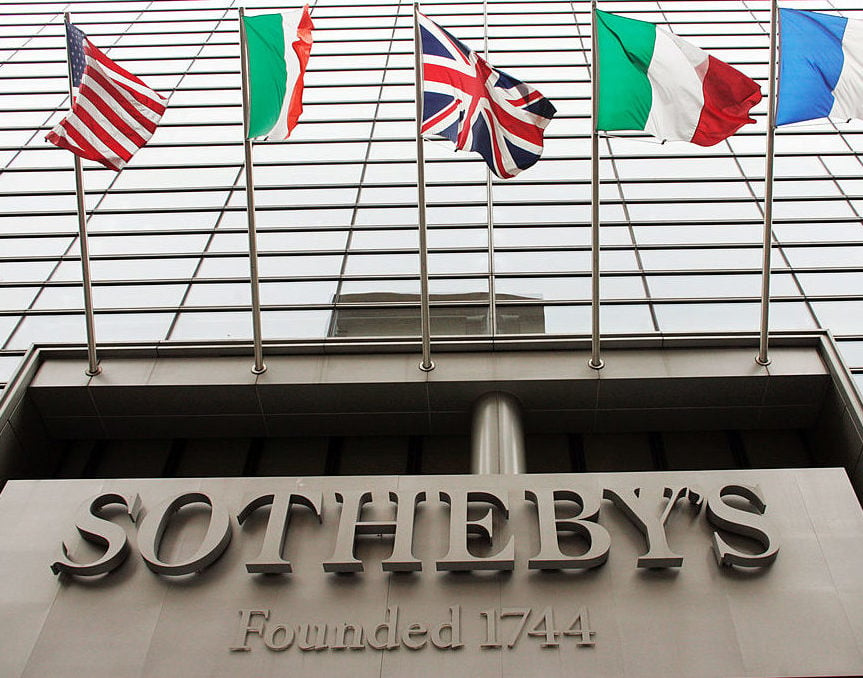
Sotheby’s reported its third-quarter earnings this morning—and they were better than analysts expected, although the company still recorded a loss.
This earnings season is typically a quiet one for the auction house’s business, and a loss is not unusual. Its blockbuster New York auctions—held in May and November—show up in the company’s second and fourth quarter results, leaving the third quarter with far less action.
Sotheby’s posted a net loss of $23.5 million, or 45 cents a share—an improvement compared to the equivalent period a year ago, when the company posted a loss of $54.5 million or 99 cents a share.
In a conference call with analysts and investors this morning, Sotheby’s CEO Tad Smith attributed this season’s boost to two factors: a shift in the Hong Kong sales schedule, which put some of the fall auctions in the third quarter and added $82 million in net sales to its bottom line, and a one-time income tax benefit.
(Sotheby’s CFO Mike Goss explained later that the unusual $7.4 million benefit was due to a potential tax bill that the company did not have to pay because the statute of limitations on it ran out.)
Overall, “the business and the market feel good,” Smith said. He cited the Hong Kong sales series as a key highlight of the quarter, noting that the five-day series of auctions this fall totaled $404 million, a 42 percent increase from last year. (Three days out of the five fell into the third quarter due to a schedule shift.) The sales had a combined sell-through rate of 86 percent, led by a Northern Song dynasty vessel that sold for $37.7 million, an auction record for a Chinese ceramic.
In London, Sotheby’s auctions held during Frieze Week in October pulled in $114 million, marking a ten percent increase on last year’s equivalent sales.
Smith was also upbeat about the company’s ability to attract new clients, which he said “continues to trend upward,” with first-time bidders up 26 percent this year to date compared to last year, and a 12 percent increase in the average number of bidders per lot.
Analyst David Schick of Consumer Edge Research, who tracks Sotheby’s stock, wrote in a pre-call note that “we continue to see evidence of better deal-making” at Sotheby’s—presumably a reference to more restraint with guarantees, which can prove a black eye for a company’s bottom line if unsuccessful. “Upcoming major auctions in New York and Geneva look strong,” Schick added.
Shares of Sotheby’s have been climbing since September, when they were trading at around $42 each. Today, shares of the stock, which trades under the symbol BID on the New York Stock Exchange, were at around $50, down slightly from yesterday.